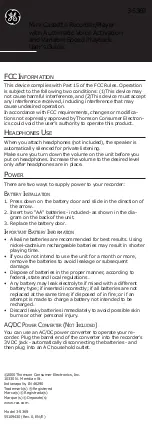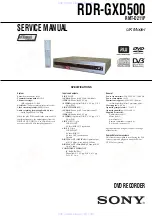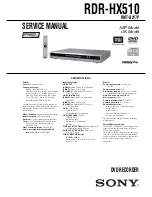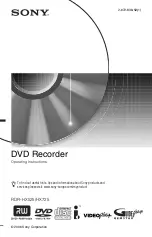
Videographic Recorders
SM1000 and SM2000
2 Math Configuration
IM/SM2000ADV
Issue 7
13
2.9.5 Sterilization Fvalue Calculation – Fig. 2.8
The ability of heat to kill micro-organisms varies with the type of
organism and increases exponentially with rising temperature.
Therefore, the time taken in sterilization is reduced if the target
temperature is increased and the time spent approaching and
receding from the target temperature can be taken into account.
Example – an increase of 10°C from 121.1 to 131.1°C in the
steam sterilizing temperature of the
Bacillus stearo-thermophilus
organism increases the death rate by a factor of ten.
The change in sterilization temperature which causes a factor of
10 change in the death rate is unique to each organism and is
called the Z value.
Although 121.1°C is universally accepted as a reference for
steam sterilization processes, the actual sterilizing temperature
varies, depending on the products involved and on each
sterilization process.
The Fvalue is calculated using the general formula:
Where
Example
– A typical steam sterilizing cycle – refer to Fig. 2.7
below.
The period AB is the chamber evacuation part of the cycle,
when the chamber is alternatively evacuated and purged with
steam to remove air. The ramp up to final sterilizing temperature
starts at B. The thermal conductivity of the load determines the
time taken to achieve point D, but is typically 30% of the total
cycle time. It is in the area, C D, and E F, that Fvalues make their
contribution to shortening sterilization time, by accumulating
credit for the time spent approaching and receding from the
sterilizing temperature.
It is important to note the large change in equivalent sterilizing
time which results from a small increase in the sterilizing
temperature. Going from 121°C to 122°C, an increase of only
1°C, reduces the time needed to kill an equal number of
organisms by a factor of 26%. Likewise, a measurement error
which results in the set point being 1°C too low could result in a
product not being sterilized properly.
As the Fvalue calculation is essentially a logarithmic function, the
effect of measurement errors is significant on the resultant
Fvalue.
Table 2.6 shows the resultant error in the Fvalue resulting from
various measurement errors with a Z value of 10°C.
The recorder can measure TC and RTD inputs with an accuracy
of better than 0.1%. This results in superior Fvalue calculation
accuracy.
To improve the accuracy even further the Scale Adjust facility
can be used to adjust the individual channel readings to be
correct at the sterilizing temperature.
As Fvalue calculation is an integrating function, the sample rate
has a direct effect on the accuracy when the temperature is
changing. With a steady state signal the sample rate does not
affect accuracy.
F
val(t)
= Current Fvalue
F
val(t–1)
= Fvalue at last sample
x = Actual temperature
y = Target temperature
z = Z-factor (i.e. the temperature interval
representing a factor of 10 reduction
in killing efficiency)
Fig. 2.7 Typical Steam Sterilization Cycle
F
val t
( )
F
val t
1
–
(
)
10
x
y
–
z
-----------
(
)
60
---------------------
+
=
Time (minutes)
°C
A
B C
E F
140
120
100
80
60
40
20
D
Temperature Error (°C)
Fvalue Error (Fo)
0.1
2.3%
–0.1
–2.3%
0.5
12.0%
–0.5
–11.0%
1.0
26.0%
Table 2.6 Fvalue Accuracy










































